Where Are the Best Areas for Tiny Homes?
Thinking about downsizing? A tiny home creates a cozy space at a lower operating cost. See which areas are best for them.

If you're looking to downsize your living space and expenses, a tiny home might be a great fit for you. Many of them come with energy-efficient features, beautiful, modern designs and are in areas you want to be.
However, there's another side to that coin: They're much smaller. So even if you plan to downsize, it's important you have enough space devoted to the things you need like storage.
How big is a tiny house?
While there isn’t a standard size, tiny houses are usually between 100 and 400 square feet and rarely exceed 500 square feet. By comparison, the median size of a new, single-family home was 2,480 square feet, according to Bankrate.
From just $107.88 $24.99 for Kiplinger Personal Finance
Become a smarter, better informed investor. Subscribe from just $107.88 $24.99, plus get up to 4 Special Issues

Sign up for Kiplinger’s Free Newsletters
Profit and prosper with the best of expert advice on investing, taxes, retirement, personal finance and more - straight to your e-mail.
Profit and prosper with the best of expert advice - straight to your e-mail.
How much do tiny houses cost?
The average price of a tiny home is about $30,000 to $60,000 versus the average price of a normal-sized house, which is $419,200. However, location, size, customization, furnishings, zoning laws and home insurance costs are all factors that can drive the overall price of a tiny house higher. Whether you buy a pre-existing tiny house or build one from scratch plays a role in the pricing too.
Why live in a tiny house?
Tiny houses are cozy, energy-efficient, vertically and horizontally-challenged and wildly popular — and the interest in them is only gaining momentum. Still, the price and the experience of living in one can vary widely depending on many factors, including location.
So which states are the best for tiny house living? Here are the ten best (and ten worst) based on the LawnStarter survey.
10 best places for tiny house living
| Rank | State | Overall Score | Legality Rank | Urban LIfestyle Rank | Remote Lifestyle Rank |
| 1 | Vermont | 89.07 | 1 | 2 | 15 |
| 2 | Kentucky | 85.34 | 1 | 14 | 3 |
| 3 | Arkansas | 84.60 | 1 | 5 | 16 |
| 4 | Maine | 83.80 | 1 | 4 | 20 |
| 5 | Minnesota | 78.32 | 1 | 21 | 4 |
| 6 | Montana | 76.39 | 1 | 18 | 10 |
| 7 | Alabama | 74.45 | 1 | 6 | 28 |
| 8 | Georgia | 73.40 | 1 | 12 | 23 |
| 9 | Texas | 72.91 | 1 | 39 | 2 |
| 10 | Kansas | 70.35 | 1 | 37 | 7 |
10 worst places for tiny house living
| Rank | State | Overall Score | Legality Rank | Urban Lifestyle Rank | Remote Lifestyle Rank |
| 41 | Maryland | 42.94 | 1 | 38 | 47 |
| 42 | Nevada | 36.74 | 1 | 50 | 45 |
| 43 | West Virginia | 43.31 | 4 | 9 | 21 |
| 44 | Iowa | 43.16 | 4 | 28 | 1 |
| 45 | Wisconsin | 40.60 | 4 | 17 | 14 |
| 46 | North Dakota | 37.16 | 4 | 32 | 8 |
| 47 | Louisiana | 35.49 | 4 | 15 | 25 |
| 48 | Alaska | 29.31 | 4 | 7 | 43 |
| 49 | New York | 14.31 | 4 | 35 | 41 |
| 50 | New Jersey | 5.27 | 4 | 43 | 50 |
Key Findings
- Vermont (No. 1), Arkansas (No. 3), and Minnesota (No. 5) offer the most ideal conditions for compact dwellings.
- Eight states ban tiny homes or at least require very strict guidelines. They are Alaska, Iowa, Louisiana, North Dakota, New Jersey, New York, Wisconsin and West Virginia.
- Iowa (No. 44) leads all 50 states in off-grid lifestyle-friendliness.
- Tiny homes can cost as little as $15,000, according to Realtor.com
Thinking about downsizing?
If you think tiny house living is the right lifestyle for you, there are several questions to ask yourself.
- Are tiny houses illegal in my state?
- In your state, is there a minimum or maximum size for a tiny house?
- How much does the average tiny house cost?
- How do you finance a tiny house?
- Can you insure a tiny house?
- Can you buy a tiny house or do you have to build a tiny house yourself?
- Can you truly live off-grid in your tiny home?
- Where can you store all your stuff?
- Are tiny houses a pathway to financial independence/early retirement?
Reducing your carbon footprint
Tiny homes won't take as much energy to heat and cool because of their size. On average, a tiny home consumes 3-4kW of power daily, whereas the average home can consume between 26-33 kW, according to Ecobee.
Size alone isn't the only benefit you'll receive with tiny homes. They feature smaller appliances, placing less stress on the overall energy infrastructure. And many come with smart home features, like smart thermostats to make it easier to manage energy usage.
The bottom line
Tiny homes offer an affordable and cozy alternative to traditional homes. Before considering one, make sure you live in a state that allows them. Also, it's ideal to factor in any challenges that might arise from less space, such as fewer storage options and not as much private space. Overall, tiny homes offer a ton of advantages for homeowners looking to downsize and save on home and energy expenses.
Related Content
Profit and prosper with the best of Kiplinger's advice on investing, taxes, retirement, personal finance and much more. Delivered daily. Enter your email in the box and click Sign Me Up.

For the past 18+ years, Kathryn has highlighted the humanity in personal finance by shaping stories that identify the opportunities and obstacles in managing a person's finances. All the same, she’ll jump on other equally important topics if needed. Kathryn graduated with a degree in Journalism and lives in Duluth, Minnesota. She joined Kiplinger in 2023 as a contributor.
-
 It's Beginning to Look a Lot Like a Santa Rally: Stock Market Today
It's Beginning to Look a Lot Like a Santa Rally: Stock Market TodayInvestors, traders and speculators are beginning to like the looks of a potential year-end rally.
-
 The 2026 Retirement Catch-Up Curveball: What High Earners Over 50 Need to Know Now
The 2026 Retirement Catch-Up Curveball: What High Earners Over 50 Need to Know NowUnlock the secrets of the 2026 retirement catch-up provisions: A must-read for high earners aged 50 and above.
-
 How Much a $100K Jumbo CD Earns You
How Much a $100K Jumbo CD Earns YouYou might be surprised at how fast a jumbo CD helps you reach your goals.
-
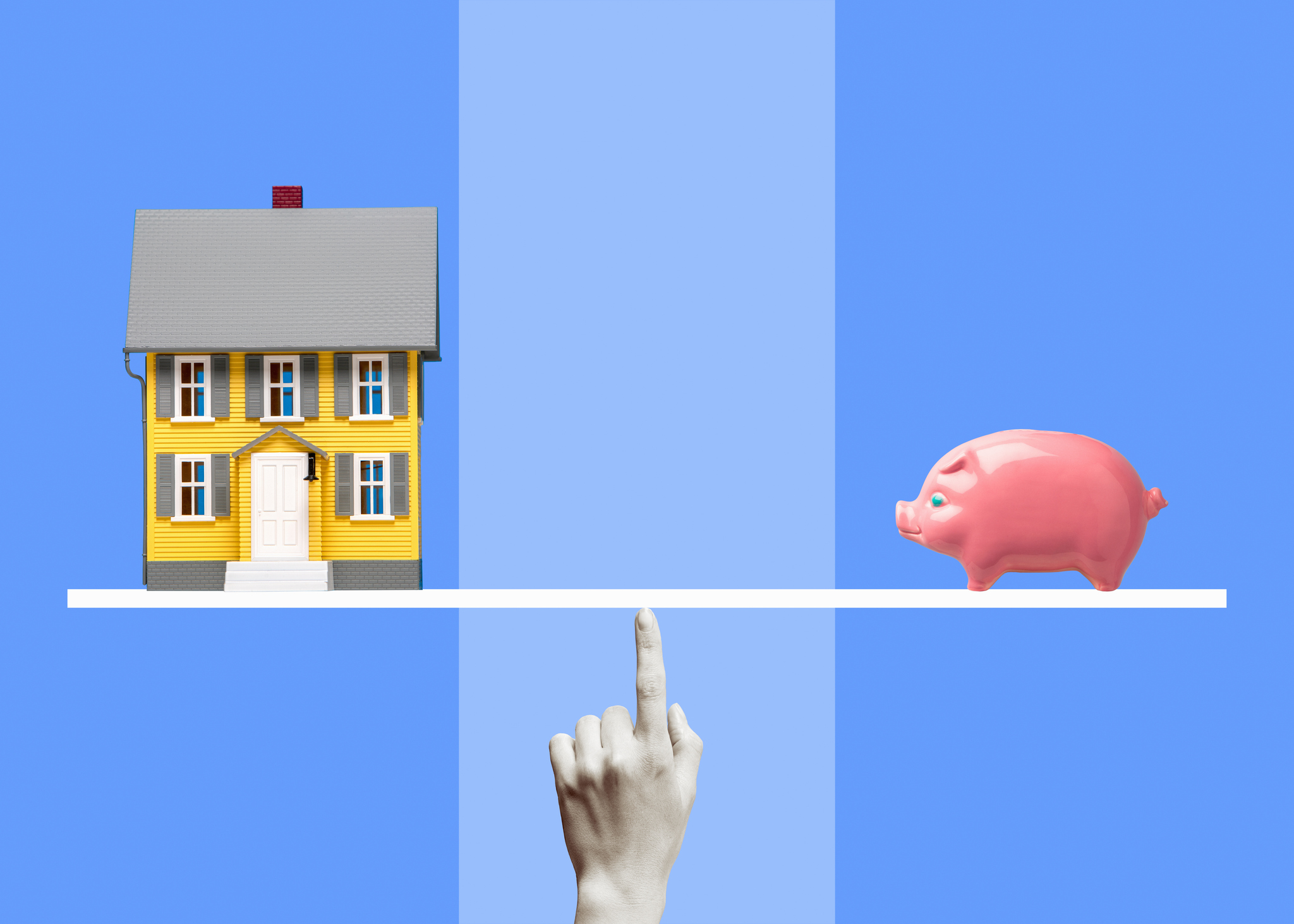 How Much Income You Really Need to Afford a $500,000 Home
How Much Income You Really Need to Afford a $500,000 HomeAs home prices increase, the income needed for a house is also climbing. We break down what you need to earn to afford a $500,000 home.
-
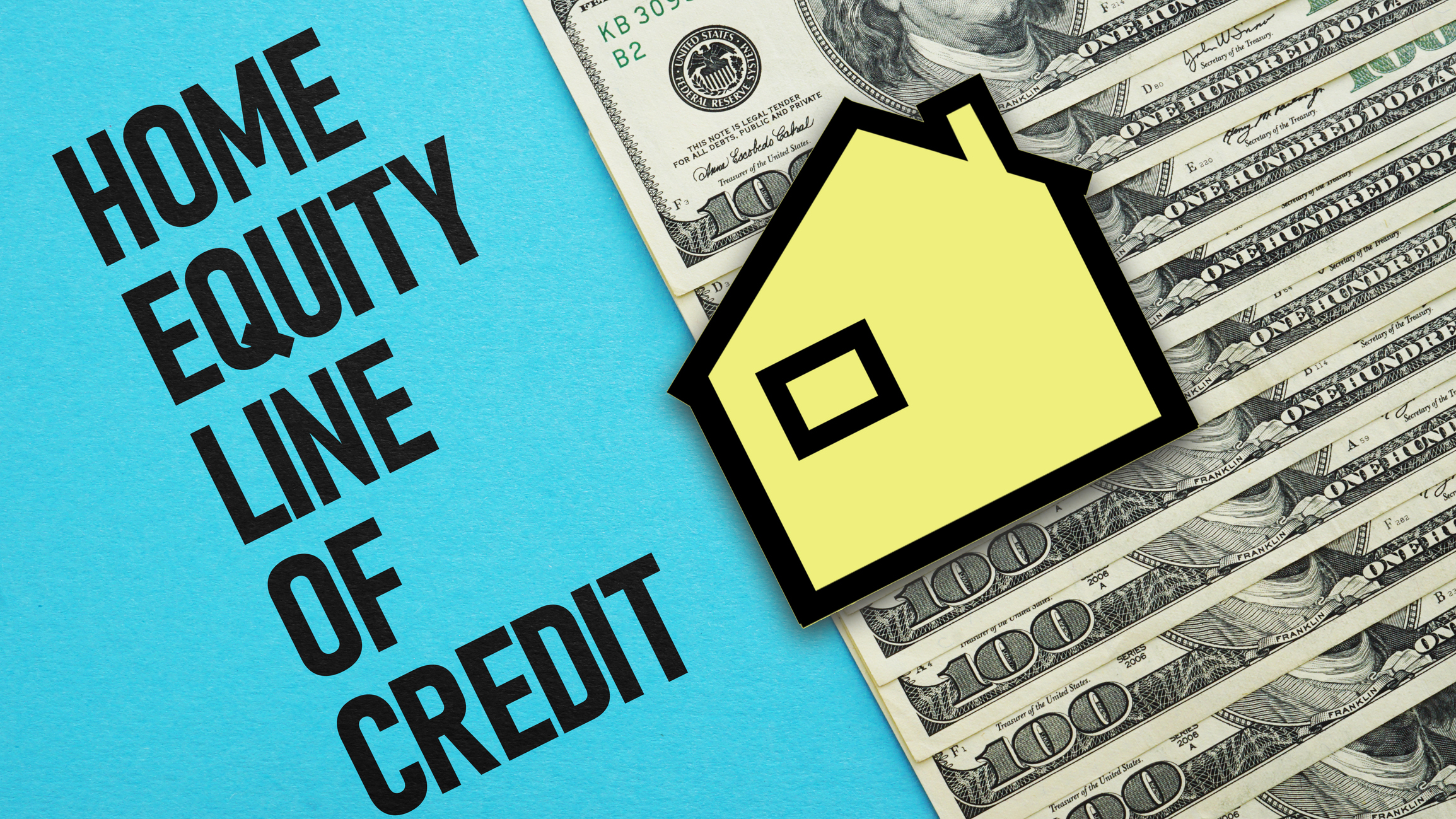 How Much Would a $50,000 HELOC Cost Per Month?
How Much Would a $50,000 HELOC Cost Per Month?Thinking about tapping your home’s equity? Here’s what a $50,000 HELOC might cost you each month based on current rates.
-
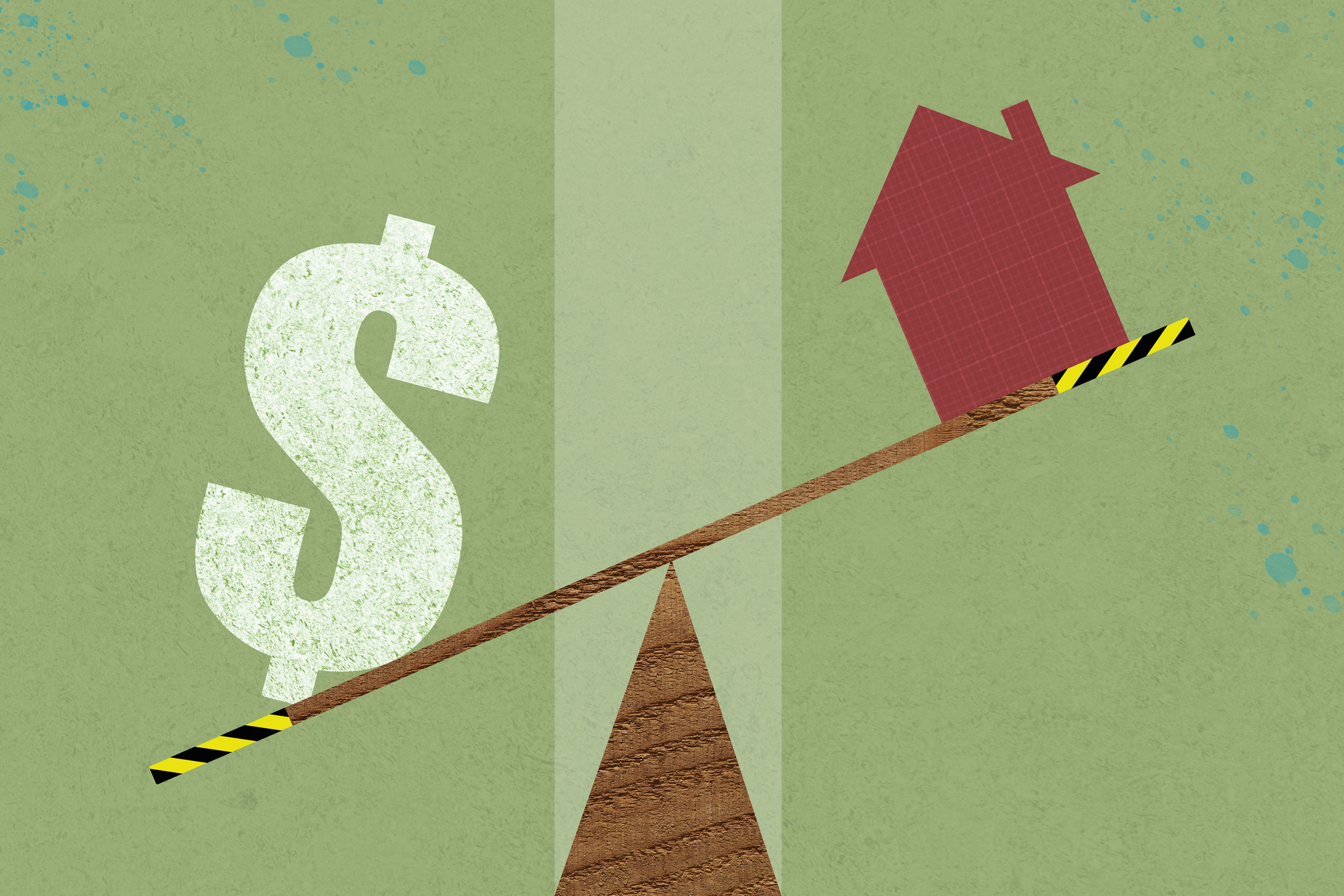 Should You Tap Your Home Equity Before 2026?
Should You Tap Your Home Equity Before 2026?As borrowing rates and tax law shifts converge, here's what homeowners need to know before pulling equity out of their home.
-
 11 Cities With the Cheapest Groceries in the US
11 Cities With the Cheapest Groceries in the USIf you live in one of these 11 cities, you're paying less than the rest of the country to keep your fridge stocked.
-
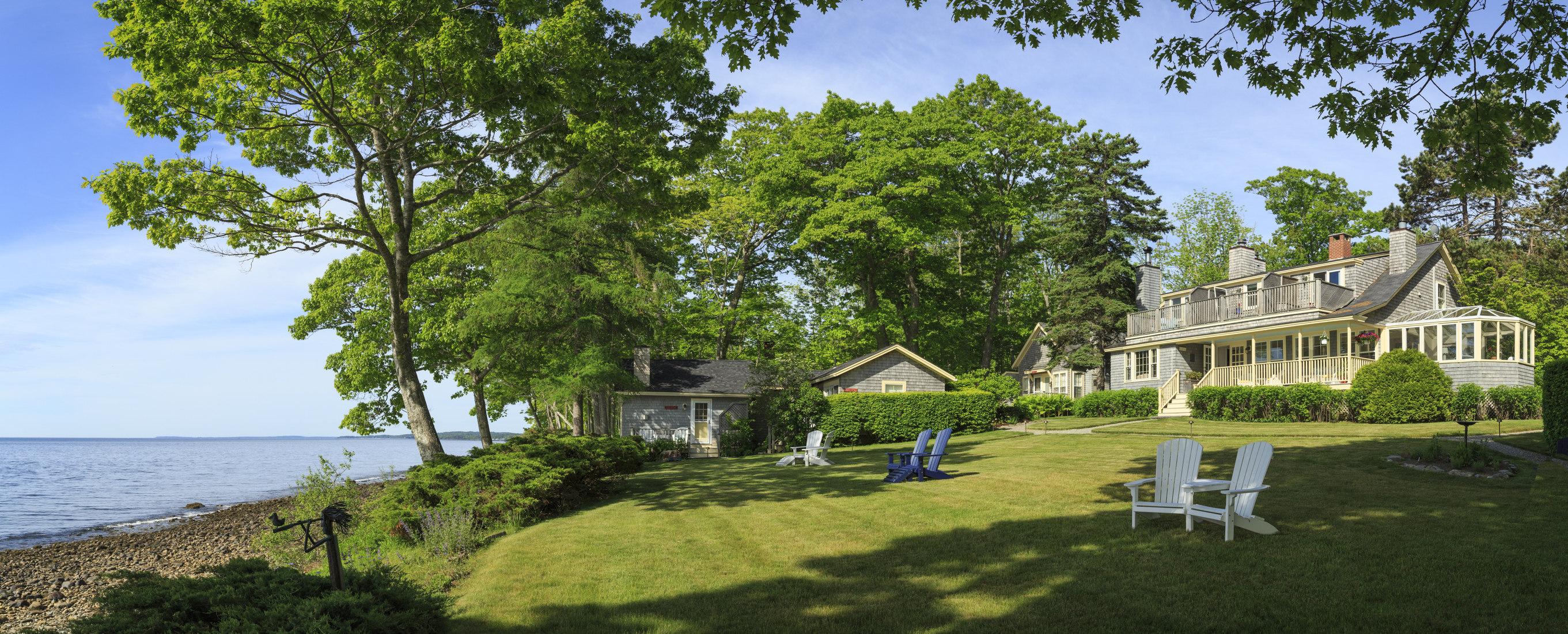 My $1.2 Million Vacation Home Has a $360K Mortgage. I Don't Need My Upcoming $45K RMD. Should I Use It to Pay Down the Mortgage?
My $1.2 Million Vacation Home Has a $360K Mortgage. I Don't Need My Upcoming $45K RMD. Should I Use It to Pay Down the Mortgage?We asked wealth planners for advice.
-
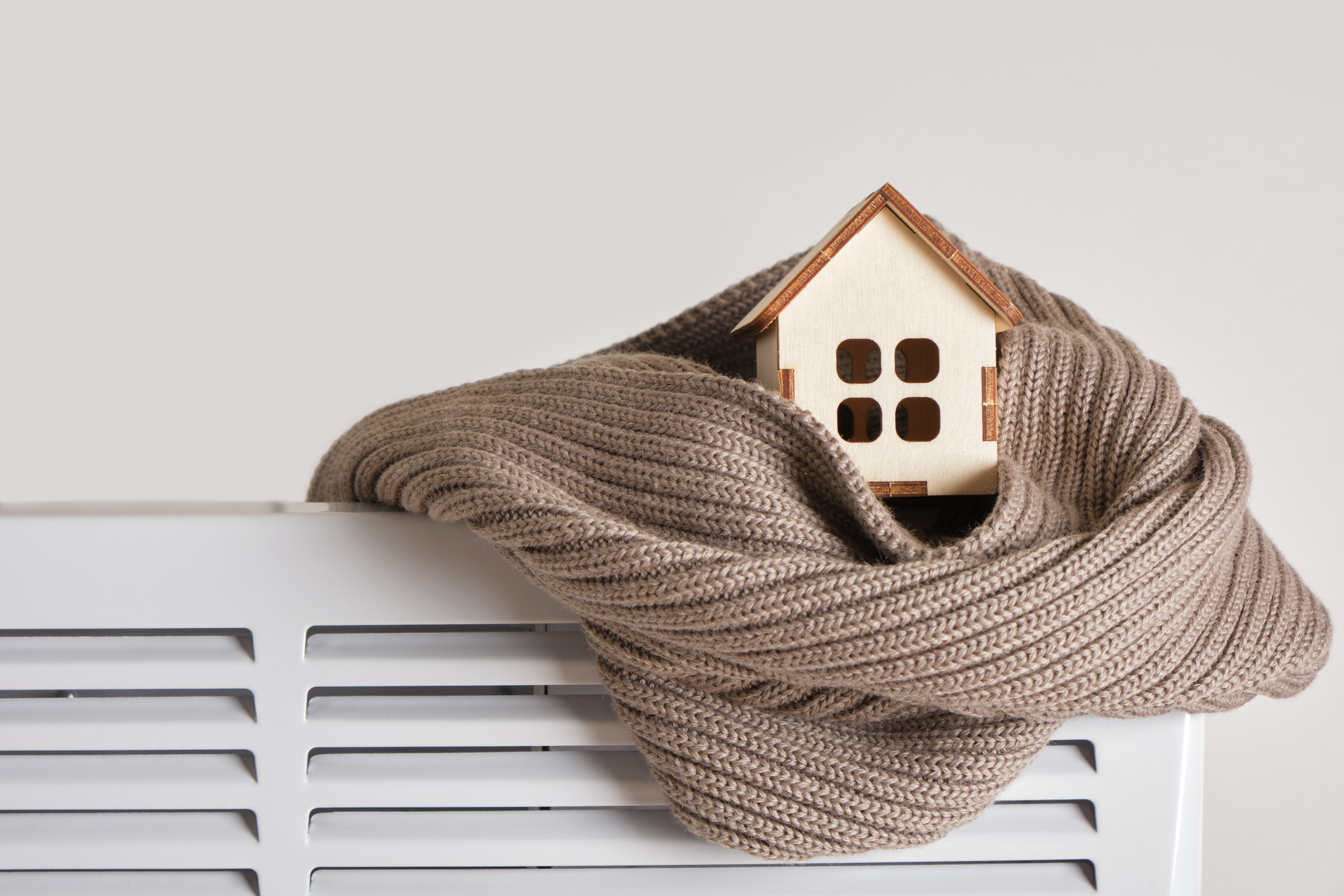 5 Simple Fixes to Save on Heat Bills This Winter
5 Simple Fixes to Save on Heat Bills This WinterWith fuel prices expected to rise 10% or more this winter, making your home more energy efficient will really pay off.
-
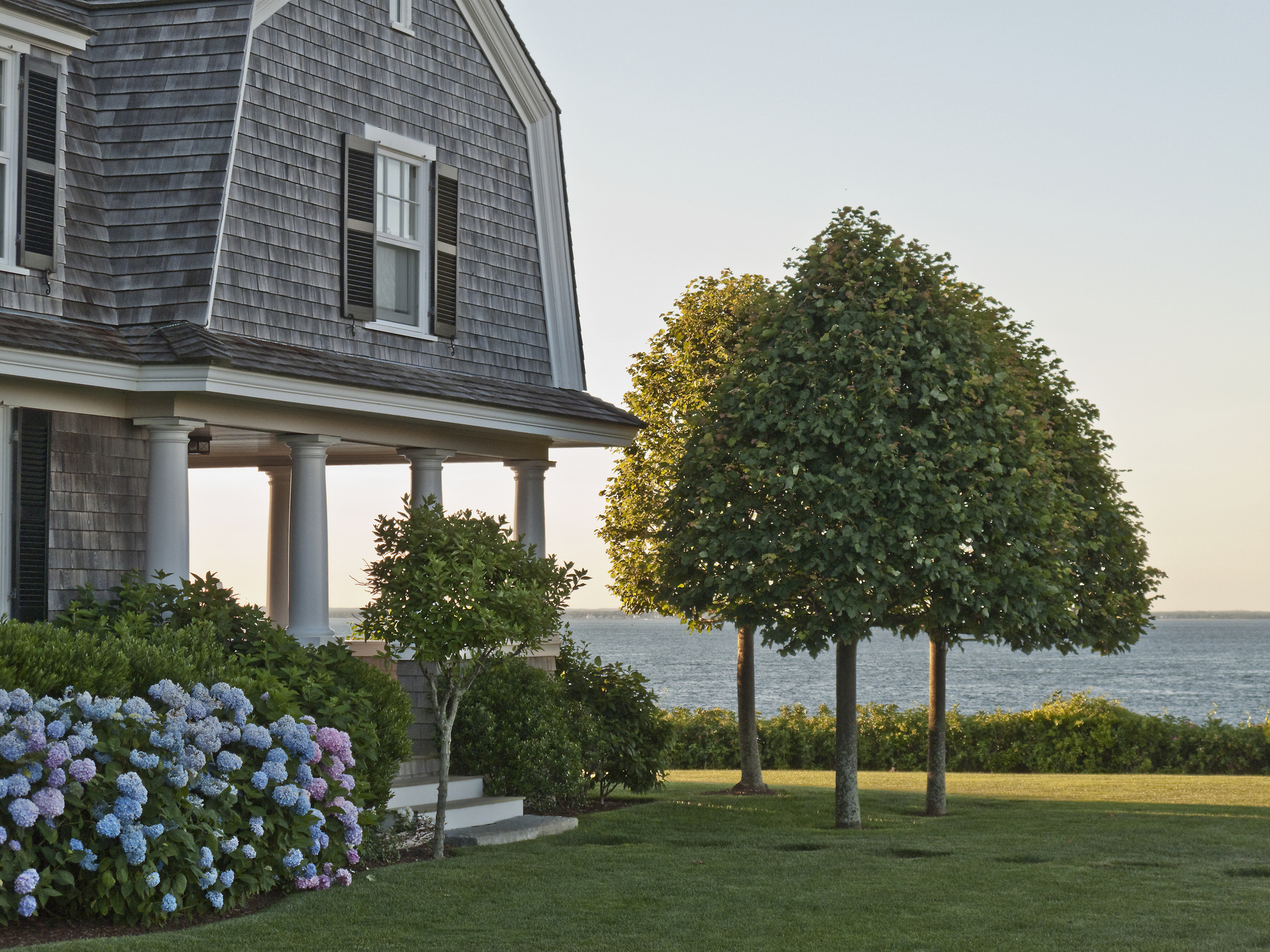 5 Charming Small Towns Where America's Wealthy Retire
5 Charming Small Towns Where America's Wealthy RetireDiscover 5 small communities in the U.S. for affluent retirees — where charm outweighs the cost.
-
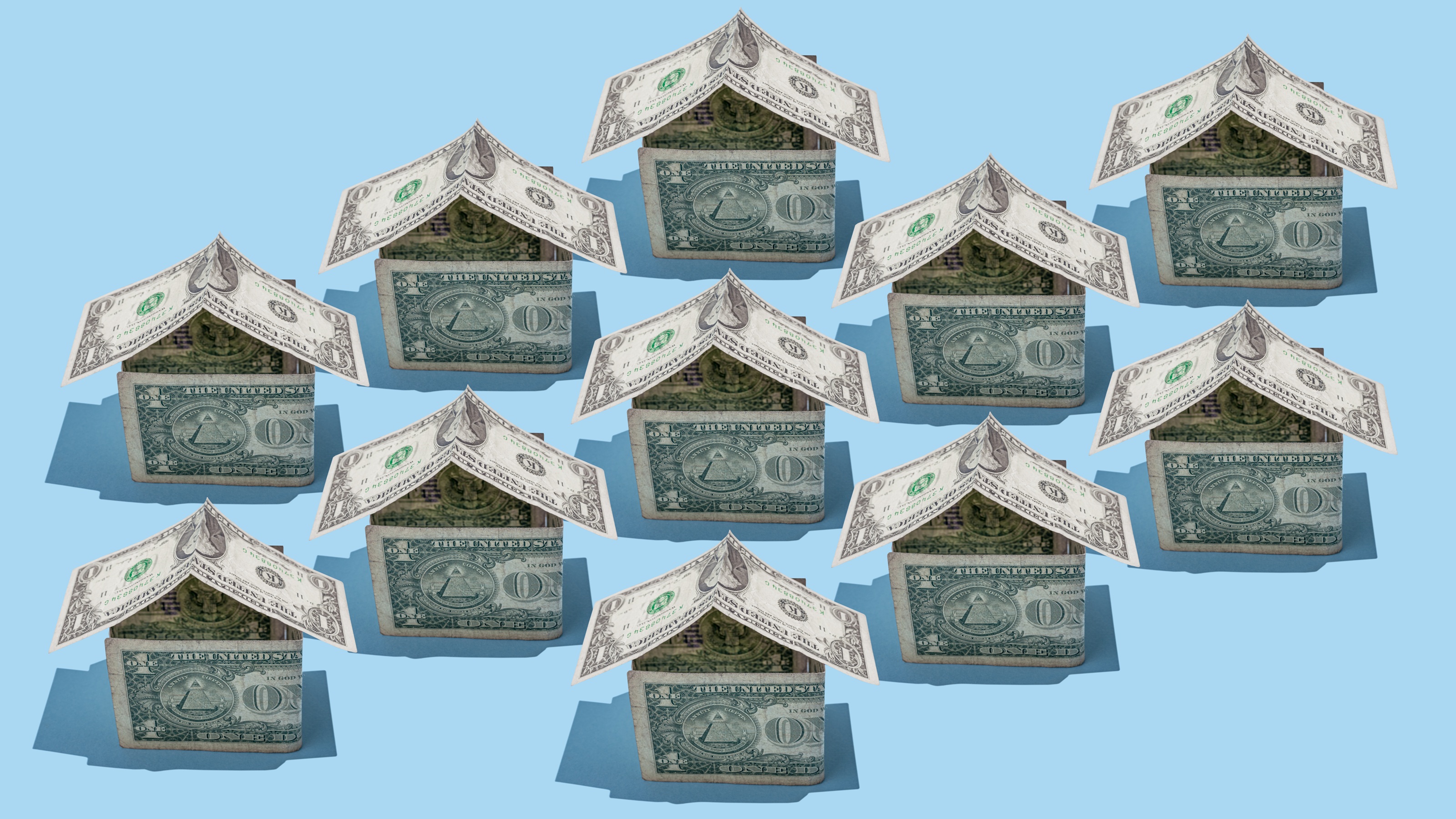 I'm a Real Estate Investing Pro: This High-Performance Investment Vehicle Can Move Your Wealth Up a Gear
I'm a Real Estate Investing Pro: This High-Performance Investment Vehicle Can Move Your Wealth Up a GearLeave online real estate investing to the beginners. Accredited investors who want real growth need the wealth-building potential of Delaware statutory trusts.